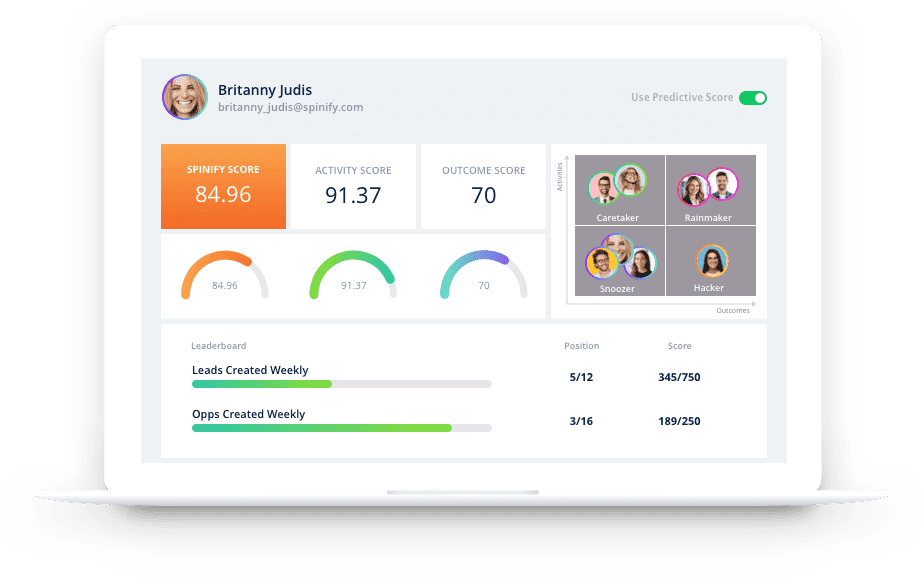Think maintaining your work culture is impossible when you’re working remotely? Think again.
In this article, we’re going to show you how to maintain (and improve) your work culture with a remote workforce.
Let’s do this!
- Know What Truly Makes Your Work Culture Successful
Work culture has become somewhat of a buzzword in the last few years. We’re all talking about work culture, but what does it really mean?
In short, work culture is your approach to challenges, communication, and collaboration. It’s comprised of your company values.
The first questions you should ask are:
- What makes my team/company successful?
- How do we solve problems?
- What about our approach works?
For example, you might be successful because your team members constantly share knowledge and brainstorm ideas together.
When you switch to remote work, you want to maintain those values by providing the right infrastructure.
2. Your Work Culture Needs the Right Infrastructure
Your team members are still your team members – they’re just no longer at the office.
If you’re hiring remote workers, then check out this article where we talk about remote hiring and company culture.
If you want to maintain your work culture, you should focus on providing your employees with the right tools.
Good habits are still there, but your teams need support to maintain your work culture.
Communication Tools for Remote Work
You need communication tools to support your remote workforce:
Collaboration Tools for Remote Work
If you want to maintain your work culture, you need to make sure your teams have no problem collaborating. Hopefully, you already have team players. Now, all they need are tools:
- Google collaboration suite
- Office 365 suite
- Online storage tools: Google Drive, Dropbox, OneDrive
We’ve also covered other tools you need to work remotely here and here , so make sure you give your team the foundation they need to succeed.
3. Reinforce Your Work Culture when Working from Home
Companies struggle with maintaining work culture when working remotely because team members aren’t quite sure how to behave when the circumstances change.
Your goal?
Providing them with remote work guidelines.
Processes are vital to successfully transitioning to remote work and maintaining your work culture. If you integrate your culture and values into your processes, you’ll be able to make your team more productive.
First, identify the most important processes at your company.
Then, create step-by-step guidelines for implementing them digitally.
For example, if your team members liked to have brainstorming sessions at the beginning of each day, you could set up video conferences during that time.
Your teams liked catching up? Create an informal Slack channel where they can chitchat.
Maintaining Your Work Culture when Working Remotely with Spinify
You can completely automate the process of training your remote workforce on your values, and reinforcing them.
How?
With Spinify.
Since Spinify is a gamification tool, you can give points to team members for following the processes you’ve outlined earlier.
Caught up with their team members in the casual chat? 1 point.
Uploaded their materials to your online storage? 1 point.
Finished their task? 3 points.
When they collect enough points, they can also redeem them for rewards in the Reward Store.
Soon enough, you’ll get your team addicted to progress!
4. Check in Regularly
If you want to make sure your work culture stays amazing, it’s important to regularly check in with your remote workforce:
- What are they doing?
- How are they feeling?
- Do they have any issues?
Schedule one-on-one meetings.
Try to catch up with your employees at least once a week.
Make sure you understand their sentiment.
If they feel like something isn’t working, do your best to address and resolve it.
Work culture is prone to changes, so don’t be set on repeating the same old principles if they’re not effective for your current situation.
How Spinify Helps You Maintain Your Work Culture When Your Workforce Is Remote
The key to maintaining your work culture is reinforcing positive behavior.
And there’s nothing like gamification to help you set an example.
With Spinify, you can give points to your remote workers whenever they exhibit positive behavior. You can track a variety of metrics, including micro-metrics contributing to success (e.g. calls contribute to sales).
Finally, Spinify also helps you create performance dashboards for your remote employees.
You’ll receive personalized coaching suggestions, so you can make sure your work culture stays as brilliant as it has always been.
Not even the sky is the limit with Spinify!








